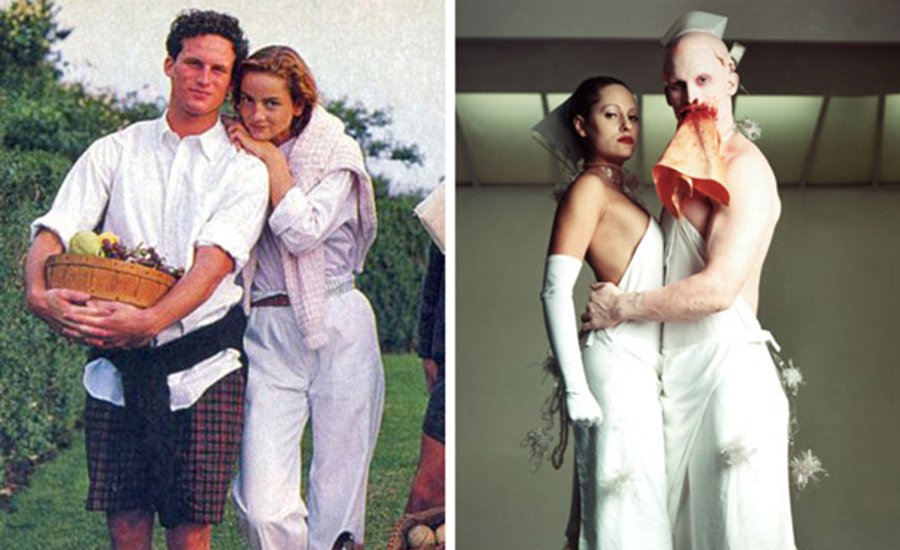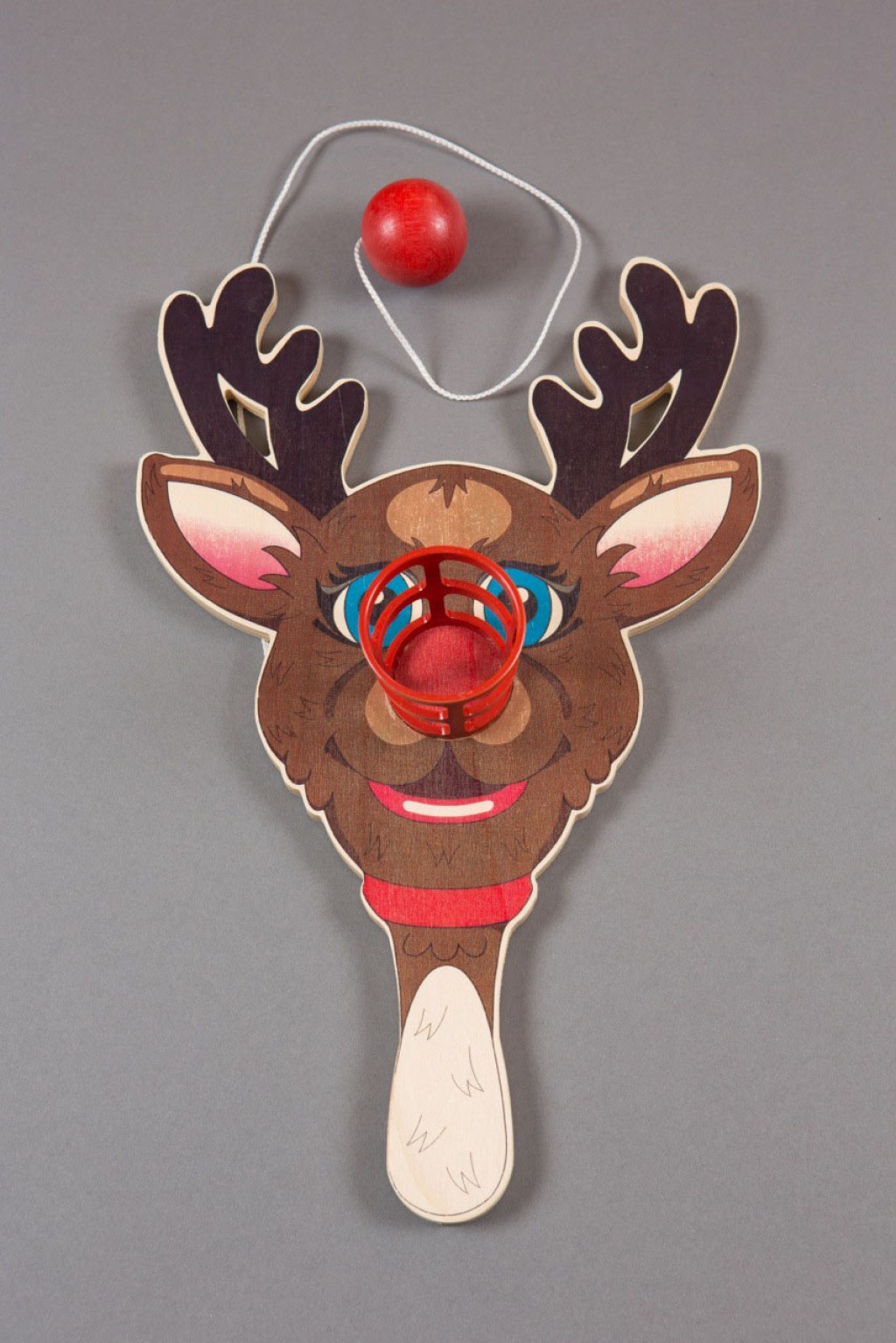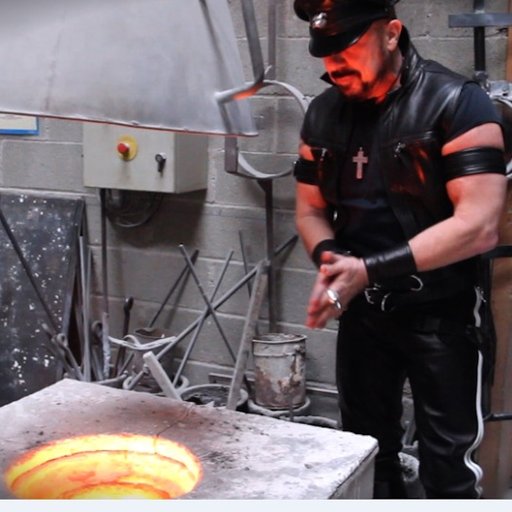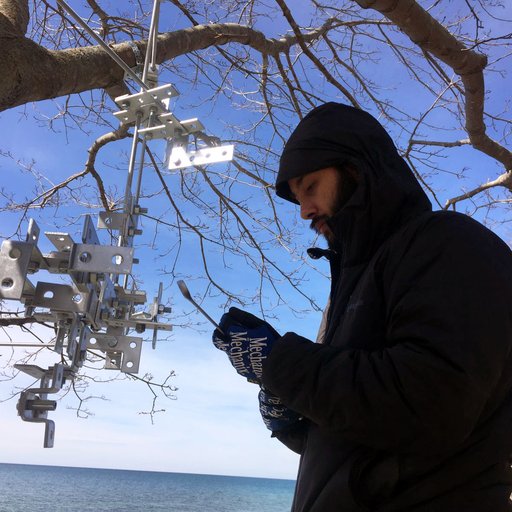In the perpetually shifting and fickle terrain of the art world, it is incredibly difficult for an artist to strike that sure-footed sweet spot and even more difficult to stay. Unlike most professions, success as an artist is so often indeterminate, vague and fleeting—it takes an incredible amount of courage and security (and some serious accounting skills) for an artist to be completely supported by their artwork.
There is a presiding and naive sentiment that "real artists" only spend their time making art. Artists often avoid talking about their day jobs, fearing that needing to supplement an income by working as a teacher or a barista might project failure. The following will be an all-too-brief debunking of that sentiment, detailing just a few famous artists throughout history who have all had their fair share of day jobs to make ends meet before risking it all for the love of art. In many cases, these jobs not only supported them financially, allowing them to continue to produce meaningful work, but also informed and influenced the artist's practice.
Henri Rousseau : Tax Collector
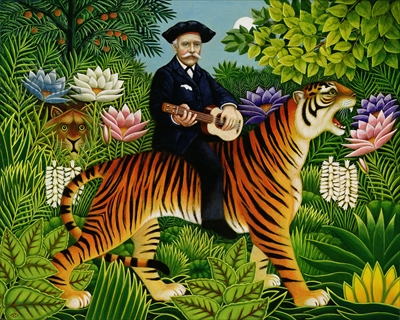
When the French Primitivist wasn’t painting his fantastic scenes of lush, far-off jungles, he was busy working the most mundane of occupations—collecting tolls and taxes from his fellow Parisians. In fact, Rousseau hadn’t really started to paint until he was in his early forties, having begun his career studying law and later serving in the army. By the time he turned 49, he decided to retire from his government tax collection job to dedicate his life solely to art. Even then, his small pension was supplemented by the occasional odd job. Rousseau would even play violin on the streets every now and again to make ends meet.
Alexander Calder : Mechanical Engineer

Born to a family of artists, Calder was discouraged from pursuing a creative trade by his parents, who didn't want him to suffer from the precarious lifestyle that came with it. And so, in 1915, Alexander Calder enrolled at the Stevens Institute of Technology as a mechanical engineer. When asked why he decided on this profession, Calder said simply, "Some guy I rather liked was a mechanical engineer, that's all." After graduating, he worked a handful of jobs as an engineer and spent several years as a mechanic on a passenger ship. It was on this ship that he rediscovered art as his true calling, eventually moving to New York and working as an illustrator for The National Police Gazette while producing the mobile sculptures he would later become famous for.
Mark Rothko : Labor Union Organizer and Teacher

Colorfield painter Mark Rothko had initially wanted to be a labor union organizer and received a full scholarship to Yale—where, after two years, he dropped out. Rothko wasn't introduced to the art world until he moved to New York in 1923. During the mid to late 1920s, Rothko supported himself by doing odd jobs at places like New York’s garment center, and worked as a bookkeeper for his tax attorney relative. Then, in 1929, Rothko started working part time teaching children at the Center Academy of the Brooklyn Jewish Center. The artist found that educating children taught him that you can use very simple visual language to communicate one's perception of reality. He believed that children were so gifted in their abilities to do this, that he looked to them to carry him through his own artistic journey. Rothko held this teaching position until 1952, and then continued to teach at the Brooklyn College until 1954 when we has finally able to achieve independence as an artist.
Vivian Maier : Nanny

Street photographer Vivian Maier's only source of income was from her day job. The money she made in her forty years of nannying allowed her to buy the expensive materials and lab time required to develop over 100,000 photographs. Unfortunately, Maier was entirely unrecognized in her lifetime; her work only came to light after it was sold at auction when she could no longer afford her Chicago storage space. The collection was purchased by two collectors who posted a selection online and from there, it went viral. Had it not been for her persistence and dedication to her craft, there would be no posthumous legacy or body of work to celebrate.
Barbara Kruger : Graphic Designer, Writer, and Professor

This one isn’t so surprising. After studying at Parsons School of Design, Kruger enjoyed a distinguished career as a graphic designer for Condé Nast, eventually becoming a head designer. The multi-talented artist also wrote columns for Artforum , reviewing films, television, and music before moving to the West Coast to teach at U.C. Berkeley in 1967. Throughout her multiple careers, Kruger constantly created her own artworks and developed her own practice, eventually using her experience in graphic design to inform her iconic Feminist artwork.
Fred Wilson
: Museum Security Guard
(and everything else at the museum)

Throughout his early career as an artist, Wilson never strayed far from the art world to find financial support, spenging much of his early career behind the scenes of major museums and institutions. While a student at SUNY Purchase, the conceptual installation artist worked as a security guard at the campus' Neuberger Museum. During the '70s, Wilson held jobs as an art installer, curator, educator, administrator, and security guard at some of the city's major museums. His experiences working in museums were hugely influential on his practice of institutional critique, using the museum exhibition itself as material for his artwork—which critics eventually referred to as “museumist art”.
Jeff Koons : Wall Street Commodities Broker

It’s quite fitting that art-market darling Jeff Koons was once a successful commodities broker on Wall Street; however, his reasons for entering the field might surprise you. An artist notorious for having broken the record (not once but twice) for creating the most expensive work by a living artist sold at auction, Koons had initially started out as a desk clerk for membership services at MoMa after studying at SAIC and MICA. In 1980, he got licensed to sell mutual funds and stocks and thus began his career in finance, all the while producing his own work. Ironically, Koons had started his career as a commodities broker with the sole intention of allowing him to make artwork that was completely independent from the art market. For Koons, having this steady job allowed him to “make exactly what art I wanted to make—and I would always know that I didn't need the art market." Looks like the art market need him instead.
Matthew Barney : J. Crew Model and Would-Be Plastic Surgeon

If you had met Matthew Barney as a college freshman at Yale, you probably wouldn'y have expected him to become one of the most imaginative and celebrated avant-garde filmmakers of our time—though now that he is, it seems to makes perfect sense. The young Barney was recruited by Yale University in 1985 to play football and he enrolled with the intention of studying pre-med to become a plastic surgeon. His career as a star football player came to a quick halt two weeks into his freshman season; a NCAA regulation prohibiting football players from professional modeling made him ineligible to play. During this time, Barney had begun a career as a catalog model for J. Crew. That career continued into his professional life, helping to finance his early work as an artist.
[related-works-module]











